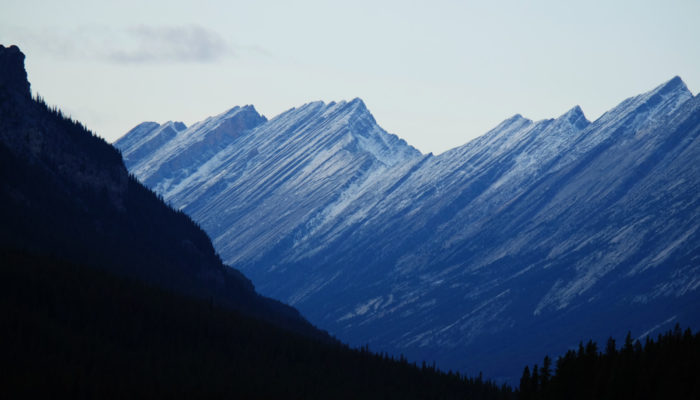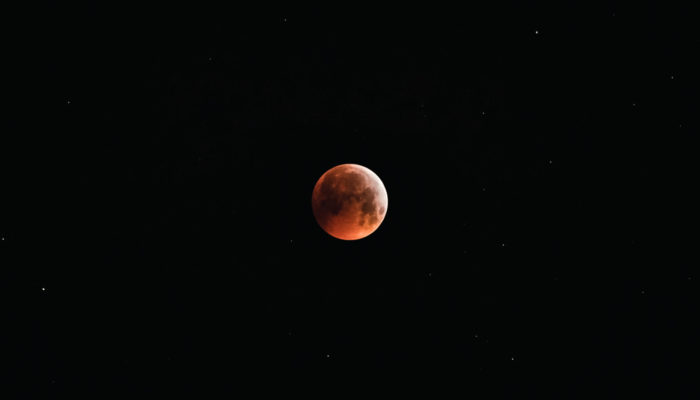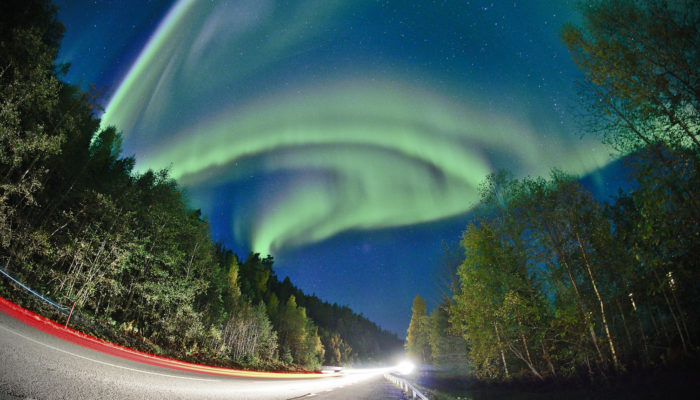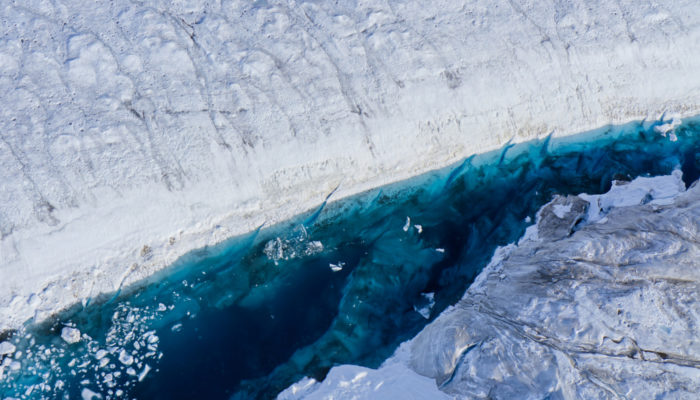The light’s interaction with matter enables scientists to observe greenhouse gases from space, but also creates the shifting blue tones throughout the mountains that hikers travel long distances to admire! The blue shades are created by an effect called Raleigh scattering, where very small atmospheric particles between the viewer (or camera) and the mountains cause the shorter wavelength lig ...[Read More]
Imaggeo On Monday: Pantone of Blue Mountains, light scattering.




